The Portuguese in Africa: The Definitive Guide
The Portuguese in Africa The Kingdom of Kongo and the Transatlantic Slave Trade The Kingdom of Kongo was a former kingdom that dominated West Central Africa in the fourteenth century (Heywood, 2009). Located south of…
20 Apr 19 · 10 mins read
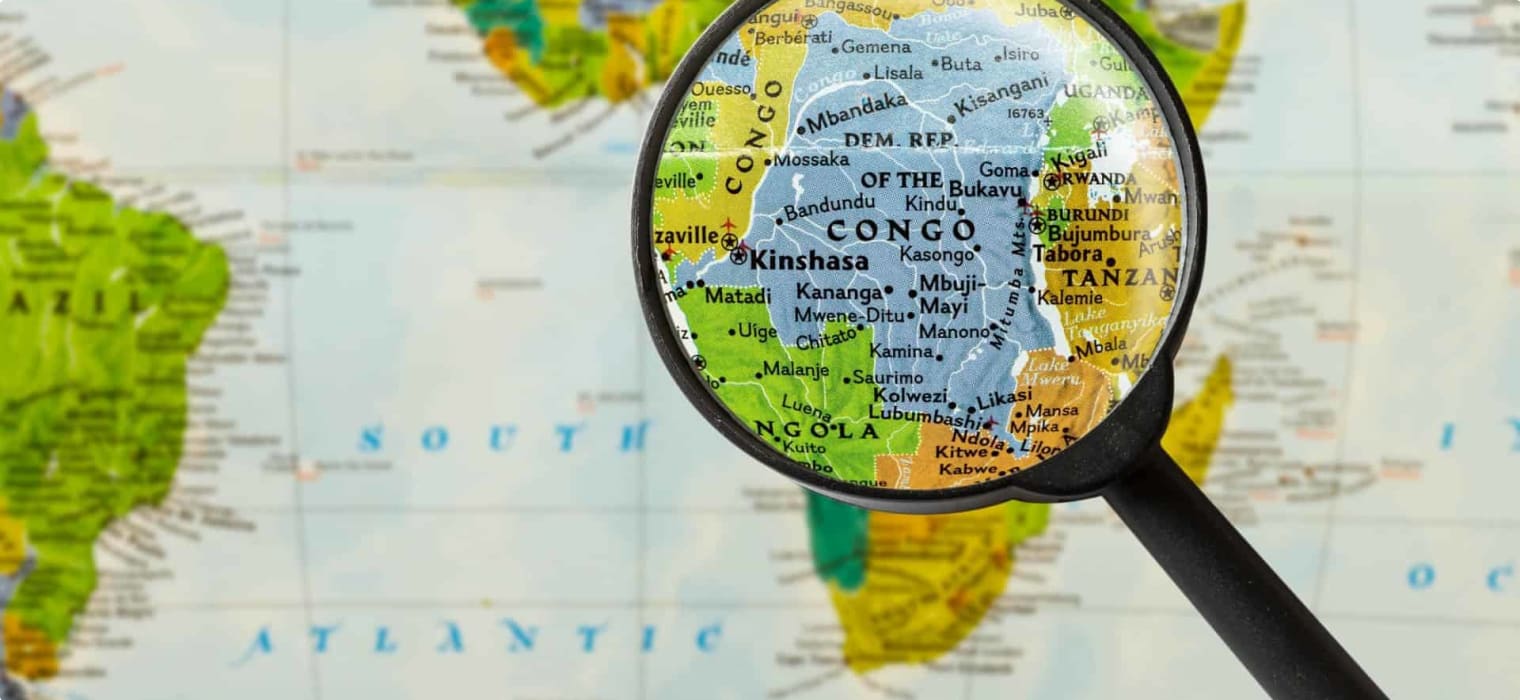
The Portuguese in Africa
The Kingdom of Kongo and the Transatlantic Slave Trade
The Kingdom of Kongo was a former kingdom that dominated West Central Africa in the fourteenth century (Heywood, 2009). Located south of the Congo River (in what is now Angola, the Republic of the Congo, and the Democratic Republic of the Congo), the kingdom had contact with Portuguese explorers in the 15th century, an encounter that would lead to the institution of the transatlantic slave trade and the Kongo’s eventual decline. In this article, we will look at how the kingdom was formed and the insidious economic enterprise that victimised its people.
Birth of the Kingdom
As pointed out by South African History Online (2016), it is difficult to write an accurate account of the Kongo’s early history due to the lack of written records, and the fact that later accounts were written by Europeans and other outsiders. Toby Green in A Fistful of Shells: West Africa from the Rise of the Slave Trade to the Age of Revolution (Allen Lane, 2019) cites philosopher V.Y. Mudimbe’s reminder that “‘Africa’ was a concept invented in the eighteenth century by Europeans through a racialized worldview (p.9)”. Similarly, Dr Hakim Adi writing for the BBC stresses: “At that time, there was no concept of being African. Identity and loyalty was based on kinship or membership of a specific kingdom or society, rather than to the African continent.”
The name of the Kingdom of Kongo comes from the spoken language–Kikongo; the modern spelling (“Congo”) originates from a Portuguese translation.

Traditional accounts say the kingdom was founded through the marriage of Nima a Nzima and Luqueni Luansanze, uniting two Kikongo-speaking peoples. They had a child named Lukeni lua Nimi, who would become the Kongo’s first king. Historians date the founding of the Kingdom of Kongo around 1390.
The kingdom expanded through a combination of conquest and voluntary protection arrangements; at its peak, it covered a territory from the Atlantic Ocean in the west to the Kwango River in the east, and from the Congo River in the north to the Kwanza River in the south. The capital was the densely populated Mbanza Kongo (in present-day Angola), and the kingdom was ruled by a leader called the manikongo, “king of the Kongo”. The kingdom was believed to have had at least six manikongo before the Portuguese arrived.
Contact with the Portuguese
Portugal‘s incursion into the African continent was pushed by a desire to find a faster route to India in order to access its commodities, especially spices, which at the time was as valuable as gold. This search led Portuguese expeditions to travel down West Africa.
In 1471, Portuguese explorers reached the coast of what is now Ghana and found that the people of this coast had access to vast quantities of gold, and were willing to trade. This coast came to be known as the Gold Coast, and here the Portuguese began building forts to ensure that the local people only sold their gold to agents of Portugal.
The Portuguese continued to explore the African coastline, and in 1482 they arrived in the Kongo and met with the manikongo Nzinga a Nkuwu. In 1491, for reasons not known to us, Nzinga a Nkuwu and his son Mvemba a Nzinga decided to be baptised and assumed Christian, Portuguese names: João I Nzinga a Nkuwu and Afonso I Mvemba a Nzinga. Other nobles would follow suit.

In 1501, a Portuguese expedition was the first to bring spices from India to Europe by way of the Cape of Good Hope in South Africa. Portugal would dominate the spice trade during the 16th century.
Meanwhile, in the Kingdom of Kongo, João I died in 1506, and Afonso I came in conflict with his brother Mpanzu a Kitima, who rejected Christianity in hopes of retaining their traditional faith. The Portuguese backed their Christian “candidate”, and helped Afonso I defeat Mpanzu in battle. As the new manikongo, Afonso I firmly established Christianity in the Kongo and forged a strong link with Portugal. He wrote and spoke Portuguese, and most of what is known of his life came from the letters he wrote between 1509 and 1541 to various kings and government officials in Lisbon and Rome, as well as to the Vatican.
In 1512, Afonso I of the Kingdom of Kongo and Manuel I of the Kingdom of Portugal reached an agreement, Regimento, by which the Kongo accepted Portuguese institutions, granted extraterritorial rights to Portuguese subjects, and supplied enslaved persons to Portuguese traders.
The Slave Trade
Little is known of slavery in the Kingdom of Kongo before the Portuguese arrived, save for Giovanni Antonio Cavazzi’s collection of oral stories from Kongo informants, who shared that the Kongo’s first king, Lukeni lua Nimi, turned enslaved war prisoners in conquered lands. The earliest written records of slavery in the Kongo was recorded in 1502, in the Cantino Atlas, which mentions Kongo as a source of slaves for the island of São Tomé, and in 1506, when Portuguese geographer Duarte Pacheco Pereira listed the items the Kongo traded: copper, ivory, palm cloth, and “a small quantity of slaves“.
Enslaved persons had monetary value in Portugal, and so were exported, like copper and ivory, as commodities. In the 1490s, around the time Afonso and his father converted to Christianity and adopted Portuguese names, Portuguese settlers established sugar plantations on the islands of São Tomé and Principé. The settlers used enslaved persons bought from the Kongo in exchange for guns (the Kongo was expanding and needed weapons to fight rival factions) and other merchandise to work on these plantations. Slavery took away individual freedoms and destroyed families and human lives, but it was proving profitable for Portugal (São Tomé became the largest producer of sugar for Europe) and continued the practice.
In his many letters to the Portuguese king, Afonso I talked about bringing slaves back from wars and supplying them to Portugal “to cover various expenses” (Heywood, 2009). Afonso also held these war captives as slaves, and succeeding Kongo monarchs would enslave Kongo-born people who were condemned for various crimes.
Slavery in the Kongo was governed by various rules–rules that many Kongo traders and Portuguese merchants threw out the window. Afonso I would soon realise the devastating effect this trade would have on his own subjects. To quote Heywood, “as long as the slaves were foreign-born or condemned by law, sixteenth-century rulers [of Kongo] had no reservations about selling captives and condemned persons.” However, as described by Green (2019), the “slave trade transformed the practice…even high-status families feared enslavement. (p. 5).”
In 1526, Afonso I wrote to the king of Portugal that “[m]any of our subjects eagerly lust after Portuguese merchandise that your subjects have brought into our domains” leading to them seizing the free people of the Kongo to sell to Portuguese merchants.
Afonso I wrote of his frustration and anguish: “Each day the traders are kidnapping our people—children of this country, sons of our nobles and vassals, even people of our own family…This corruption and depravity are so widespread that our land is entirely depopulated…It is our wish that this kingdom not be a place for the trade or transport of slaves.”
Afonso I established a committee to tightly monitor the slave trade and to ensure that his freeborn subjects were not victimised.
Internal Conflict
Kongo was further divided in an internal conflict between the Counts of Soyo in the coastal city north of the kingdom, and the manikongo in the capital, a conflict that one may argue was exacerbated by the slave trade.
The system Afonso I established to monitor the slave trade, and in fact the very system of Kongo monarchy, required neighbouring provinces to respect the central authority of the manikongo. Taxes and tribute had to be remitted to the capital. Unfortunately, this left the provinces underdeveloped, weak and reliant on the capital.
The slave trade changed this power structure, especially in Soyo, which had the main embarkation point for slave captives. It was tedious for Portuguese traders to journey to the capital, so they dealt directly with local officials in the province. The Counts of Soyo grew wealthy from this direct trade. As Portuguese ships were often late to take the enslaved persons from the port, local officials diverted them to work in the province, adding more manpower to the local economy and weakening Soyo’s link and dependence on the capital. (The Counts’ newfound wealth and independence would empower them to rebel against the manikongo, culminating in civil war in the 17th century.)
At this point, the Kingdom of Kongo was still a sovereign nation, but the slave trade was beginning to threaten Afonso I’s (and the Kongo monarchy’s) legitimacy as protector of its own people (freeborn and enslaved persons both), and to introduce the mechanisms that would turn the Kongo into a Portuguese vassal state.
Economic Transformation
West Africa had long had market economies before the Portuguese arrived (Green, 2019, p.13), based on shell currency. The title of Green’s book A Fistful of Shells refers to this currency. The main Kongo currency were cowrie shells called nzimbu. The coastal waters of Luanda (now in Angola) was an important source of nzimbu, which were believed to have been gathered and held as royal property, making it a centrally controlled currency.
This theory has been questioned, at least in relation to other territories such as the Kingdom of Dahomey in what is now Benin. As Mahir Saul says in “Money in Colonial Transition: Cowries and Francs in West Africa“, “No evidence exists that anyone was even interested in controlling the volume of cowries” and that the cowrie shells could have been “commodity money”, or objects, like gold, which were used in trade but also had intrinsic value.
According to Boban Docevski (2018): “Their value was determined by the law of supply and demand which lies at the foundation of economy as a science. The farther the place was from the source of cowries or a big trade centre, the bigger value the cowrie carried. This meant that in some places where it was valued more, you could buy a cow for only one cowrie, while in other places, where the shells were more abundant, one cowrie had no value.”
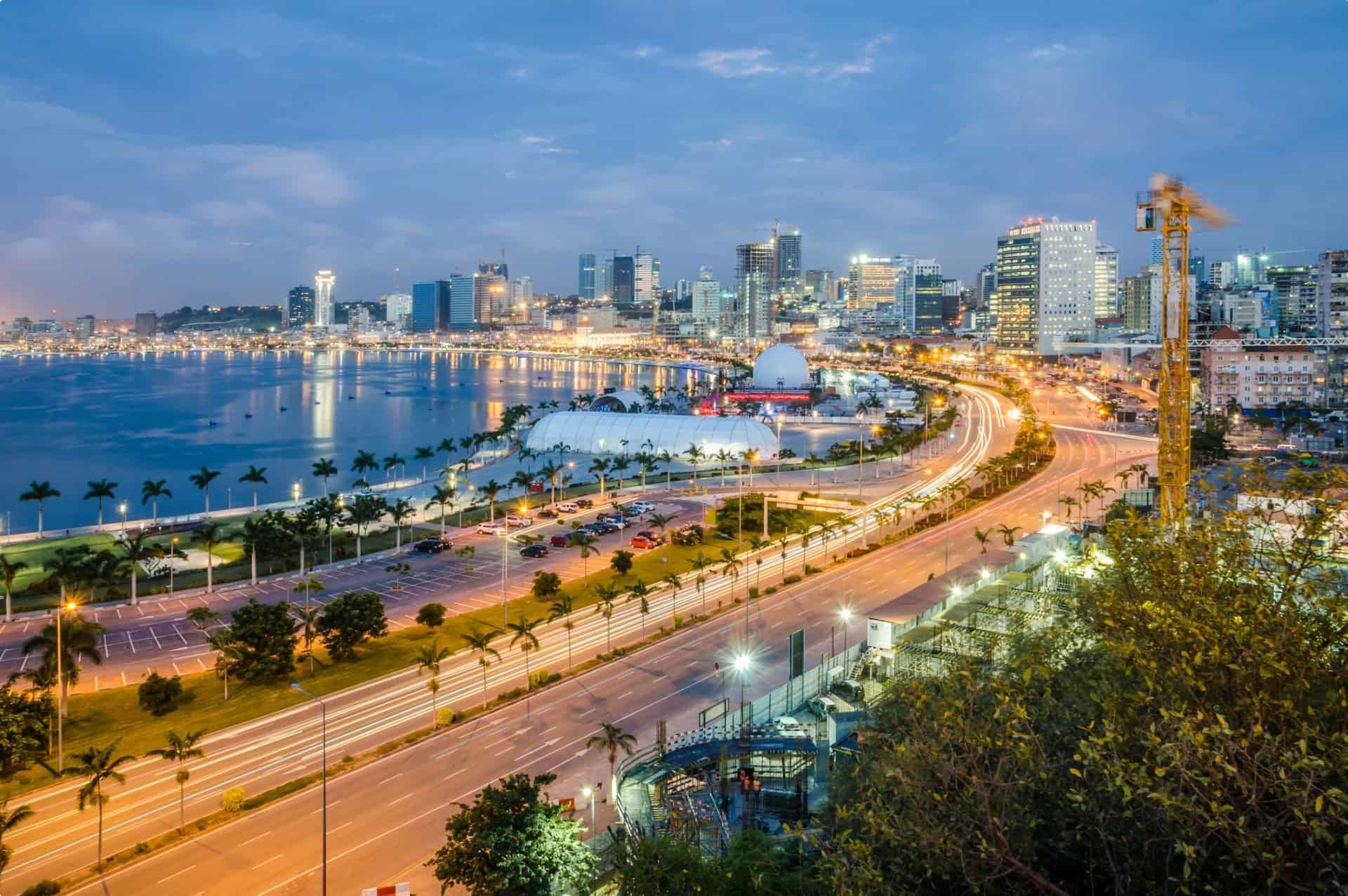
Green (2019) shares that shell currency “remains inscribed in public memory” (p.17), for example, the Akan word (Akan being the language spoken in Ghana) for “cowrie” is “sedee”, and “cedi” is the currency of Ghana today.
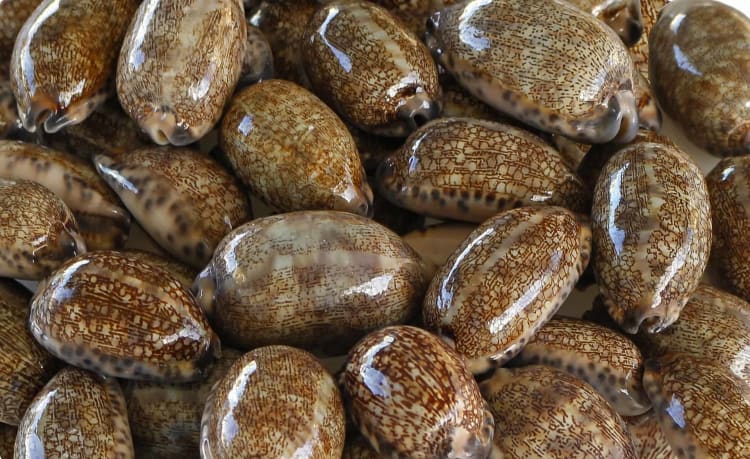
But from the very beginning, Portuguese merchants reduced all money in Kongo to enslaved persons. During Afonso’s reign until the 18th century, nzimbu covered domestic expenses “but slaves covered international financial and domestic obligations” (Heywood, 2009).
Brazil became a Portuguese colony in the 1530s. More sugar plantations were established in this new colony in South America, driving the demand for more slaves, which the Kongo continued to supply.
The manikongo, assailed by rebellions, also began to be more dependent on Portuguese goods and military power. For example, in 1568, Kongo was attacked by rival warriors from the east known as the Jagas, and the manikongo Álvaro I Nimi a Lukeni was only able to restore his authority with the help of the Portuguese.
The Jaga invasion provided captured persons which were then sold as slaves, but by the 17th century, the Kingdom of Kongo had already stopped expanding, and therefore had no access to captives. How then could they continue paying the Portuguese, who still demanded to be paid in enslaved persons?
As the source of slaves was reduced to condemned individuals, the Kongo officials manipulated the laws concerning the kinds of crimes that would turn freeborn Kongolese into enslaved persons. It became clear to the manikongo’s subjects that literally anyone could be taken from their homes and sold to the Portuguese.
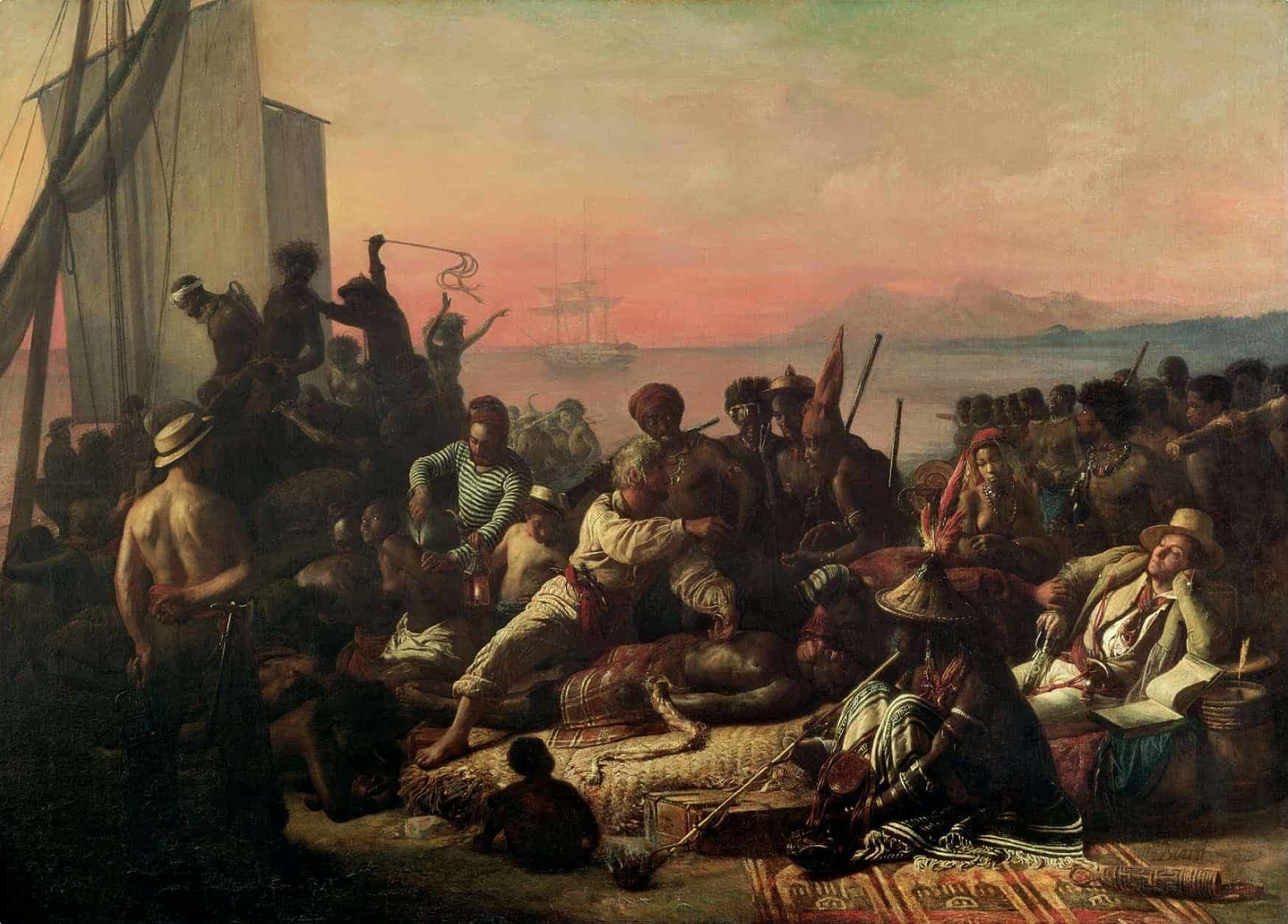
In 1641, the Dutch took control of the Kongo slave trade away from Portugal. (This control would be brief, as Portugal would take back its monopoly by 1648.) At this point, the Kongolese “were strongly opposed to the slave trade” (Green, 2019, p. 4). The manikongo Garcia II expressed his sorrow and regret in a letter to the Rector of the Jesuits: “Instead of wanting gold and silver and other things which are used as money everywhere else, the trade and currency here are slaves, who aren’t made of gold and or cloth but are creatures”. He continued: “…our disgrace…is that with our lack of worldliness we allowed this trade to grow along with so many evils in our kingdoms (p. 4).”
The slave trade led to the loss of agency and torment of hundreds of thousands of individuals. Using an economic viewpoint, the trade also caused the loss of Kongo’s manpower and destroyed the value of their own currency (p. 189). The trade resulted in economic imbalances within the kingdom, dependence on European goods and power, the people’s resentment and rebellion against the monarchy, and finally the weakening of the central power of the manikongo in the 18th century, making it easy for Portugal to turn the Kingdom of Kongo into a vassal state.
The Portuguese moved further into the African continent, trading with other kingdoms for more slaves to send to their colony in Brazil. For two hundred years, from 1440 to 1640, Portugal had a monopoly on the slave trade. They were also the last European country to abolish the practice, in 1839. It is estimated that the Portuguese transported 4.5 million enslaved Africans.
The Tragedy of Slavery
Globalisation is defined as “the development of an increasingly integrated global economy marked especially by free trade, free flow of capital, and the tapping of cheaper foreign labour markets”, and it has been said that the transatlantic slave trade was the first system of globalisation.
The trade proceeded in three steps, the “trade triangle“:
- Ships leave Europe for Africa loaded with merchandise; European merchandise (weapons, gunpowder, textiles, etc) are exchanged for enslaved persons
- Ships, now carrying slaves, cross the Atlantic (“the Middle Passage”) to the Americas; enslaved persons are put to work
- Ships return to Europe with goods produced by slave labour: sugar, coffee, tobacco, rice, and cotton
It effectively changed the world economy, bringing wealth and development to Europe and impoverishing and depopulating Africa.
Historical interpretations of what happened in the Kingdom of Kongo vary, with some historians saying it is the work of European colonialism from the very start, and others countering that the Kongolese were not entirely blameless.
What is clear is that the transatlantic slave trade that resulted from the kingdom’s encounter with Europeans resulted in, to quote French historian Jean-Michel Deveau, one of “the greatest tragedies in the history of humanity in terms of scale and duration”.

If you want to learn more about West Africa, we suggest Toby Green’s A Fistful of Shells: West Africa from the Rise of the Slave Trade to the Age of Revolution (Allen Lane, 2019), as well as the references linked throughout this post.
Odyssey Traveller also organises tours to West Africa, covering Ghana, Togo, and Benin. This small section of Africa has a fascinating, if often tragic, past. Colonial powers including Portugal, France, Germany, and Great Britain all fought for control of this gateway into the rich African interior. We will learn more about the kingdoms that existed in these countries on this tour. These countries all suffer from great poverty but each is attempting to escape from their economic hardships through a variety of strategies, including increased tourism. Become a part of the solution! Click here to see the itinerary and sign up.
You may also click here to see other Odyssey Traveller tours to Africa.
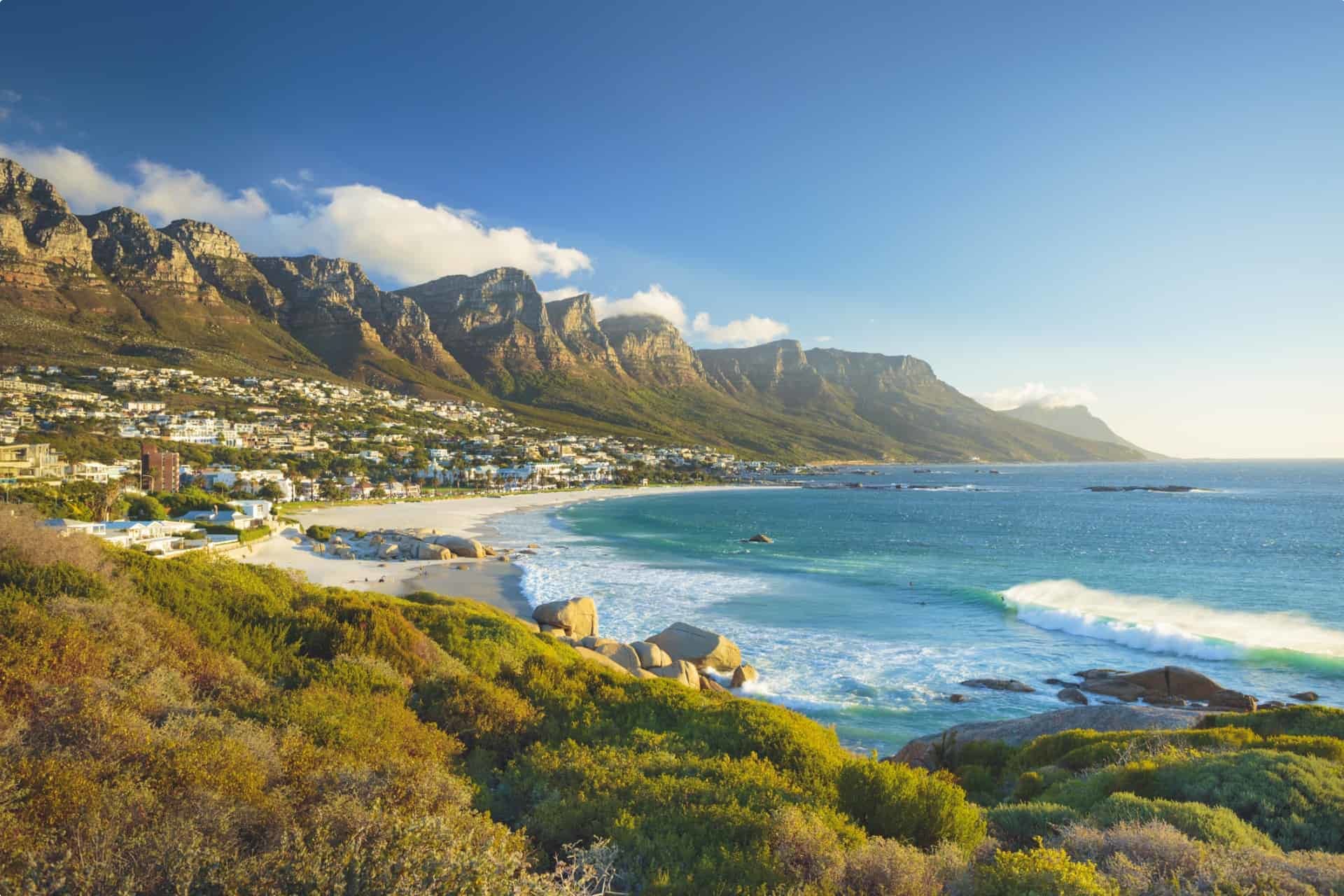
Related Tours
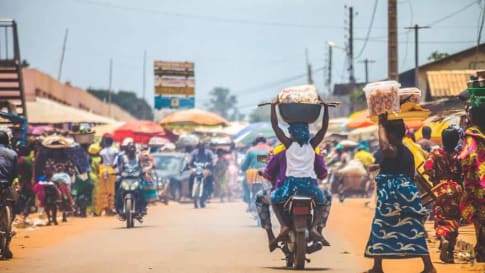
21 days
May, SepExplore the History, Culture & Wildlife of West Africa: Ghana, Togo & Benin
Visiting Benin, Ghana
This small group tour for couples and solo travelers concentrates on the history, culture and wildlife of coastal Central Africa. Meet the friendly local people and come to a greater understanding of just what has made them what they are today.
From A$14,995 AUD
View Tour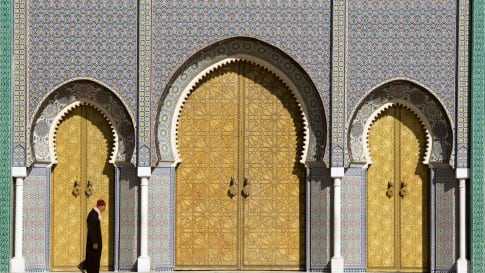
20 days
Apr, Oct, MarMorocco tour for senior travellers
Visiting Morocco
Embark on an unforgettable journey through Morocco: A Gateway to a world of vibrant colors, cultural diversity, and endless wonder. Join our escorted small group tour designed for senior travellers, whether you're a couple or a solo adventurer, and immerse yourself in the captivating allure of Casablanca, Fez, Meknes, Rabat, Marrakech and beyond. Experience the richness of Moroccan traditions and heritage as we explore this enchanting destination.
From A$11,915 AUD
View Tour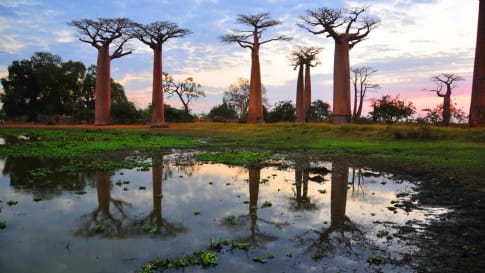
16 days
Apr, Aug, SepMadagascar Small Group Tour | The island of Lemurs & Avenue of Baobabs
Visiting Madagascar
On this small group tour we explore the country’s natural wonders as well as its colonial past. Madagascar has a range of extraordinary plant and animal life which we will have the chance to view in the island’s National Parks and Nature Reserves. While on the tour we will also learn about both the Portuguese and French periods of control.
From A$14,295 AUD
View Tour
19 days
AugSouthern Africa Tour | Fully Escorted Africa Tour for Seniors
Visiting Botswana, South Africa
Experience as a small group tour for couples and solo travellers, the beautiful landscapes of the Garden route and the unique wildlife at places such as Kruger National Park, Cape Town, Victoria Falls and Chobe Game Reserve. During the program participants will have the opportunity to learn about the culture, the politics and the social issues facing South African people in Soweto and more. How the natural resource managers are caring for their wildlife reserves in the face of land enclosure, climate change and poaching.
From A$12,095 AUD
View Tour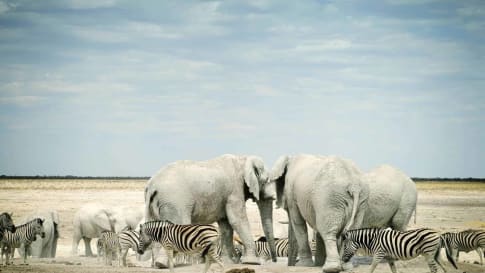
10 days
SepNamibia Wildlife and Culture Tour for Seniors
Visiting Namibia
A small group tour for seniors and couples to Southern Africa for couples and solo travellers. Namibia shares borders with Angola and Zambia to the north, Botswana to the east and South Africa to the south and east. Wedged between the Kalahari and the South Atlantic, Namibia is home to the oldest desert of the earth. Despite its parched reputation, Namibia is one of the world’s best wildlife destinations.
From A$11,695 AUD
View Tour

